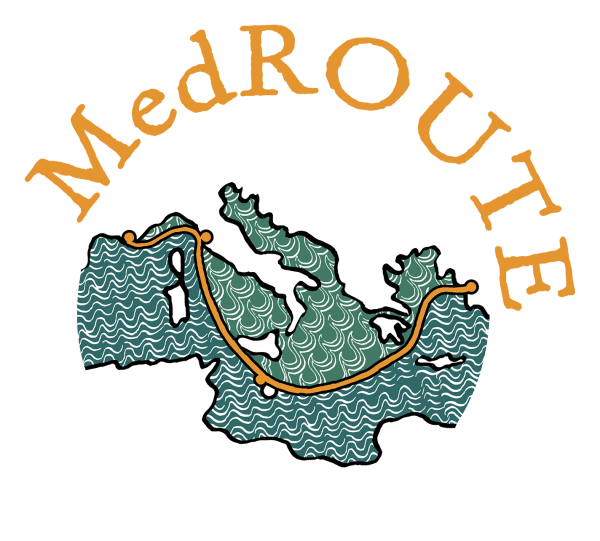In the Beginning was Braudel. But who was Braudel?
A good answer to this question could be maybe another question: qu’est-ce que la Méditerranée? “What is the Mediterranean?” This is the very core of Fernand Braudel legacy. The French historian (1902-1985), father of a new way of making history, was also the ‘inventor’ of the Mediterranean as a subject of historical inquire.
So: what is the Mediterranean? Is it one thing, a unit of geography and history? Is it mille choses à la fois, a constellation of many fragmented spaces and histories? Braudel in his monumental La Méditerranéeet le monde méditerranéen à l’époque de Philippe II (1949)creates not only the subject but also its most problematic thematic issue: the one of its One-Plural nature.

The answer to the One-Plural issue has no simple answer. Due to its physical reality, it is not possible to reduce the eternal swinging of the Mediterranean between the One and the Plural. The Mediterranean space is characterised both by its exceptional connectivity and by its fragmentation, representing a highly compartmental area (Bresson 2005) where ‘the relative proximity of opposite shores, but the clear separation between shores, enables different cultures to interact with one another across what may at times seem almost impermeable cultural barriers’ (Abulafia 2005). This is true, as well, for the identities of whatever nature that populates the Mediterranean shores. So how we can determine how this One-Plural nature functions? Med Routes proposes to answer to this question looking on how it functioned in specific historical periods.
As the main research question refers to the complex interplay of Mediterranean-s cultures, the best place where we can look at it is in port cities. Even if what Braudel called Mediterranean ‘extravagant cosmopolitan ports’ are not of one kind only and do not exemplify the larger Mediterranean system, they offer a unique point of access for studying its culture contacts and cultural plurality (Reyerson & Watkins 2014). Due to their nature, they are the most attractive places for foreigners to move to. How connectivity thus influenced the foreigners moving to other countries? How fragmentation determined the quality of life in cities with an high degree of foreigner groups? The poject proposes to look at how different Mediterranean urban spaces contributed to the genesis of different, synchronic, and plural societies.
In other words, MedRoutes sails to different port-cities looking on how foreigners were conducting their life, alternatively deciding for integration, segregation or both, and to which degree. How political authorities influenced the type of integration/differentiation of foreign communities in Mediterranean port cities?
Four different cities are touched by MedRoute following the French botanist and traveller Joseph Pitton de Tournefort (1656 – 1708). In coming back to France from is voyage to the Levant, his maritime route started form Izmir, reached first Valletta, then Livorno and, finally, Marseille.

Our idea is to trace how cultural pluralism were differently managed in the early modern Mediterranean, comparing the policies toward differences of the Ottoman Empire, the Order of Saint John, the Grand Duchy of Tuscany, the Kingdom of France.
MedRoute wishes to show how the perception of difference as a resource can lead to a much more vibrant and richer society.


